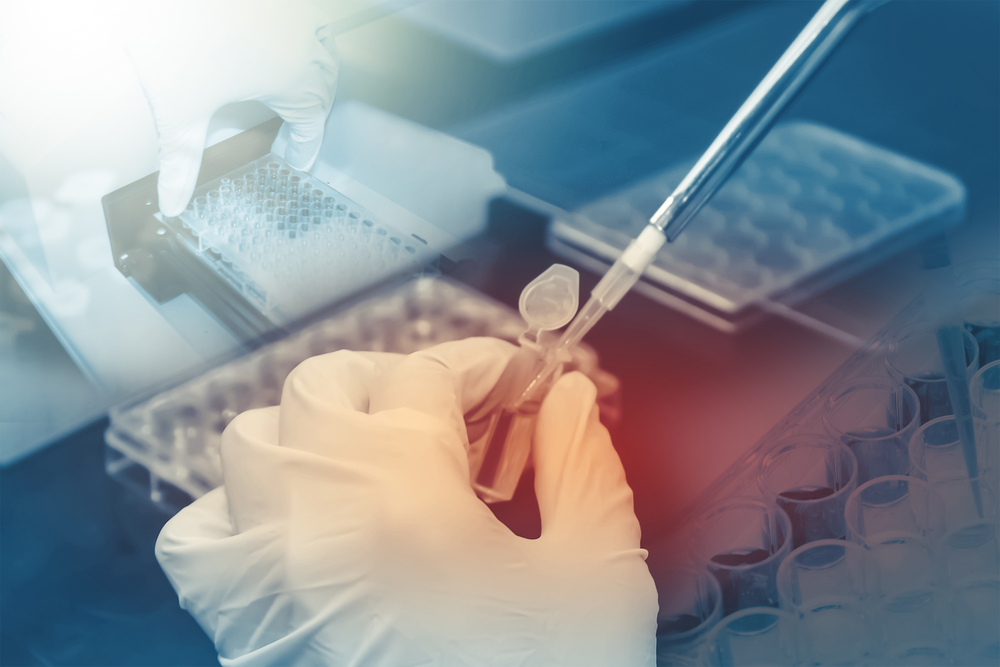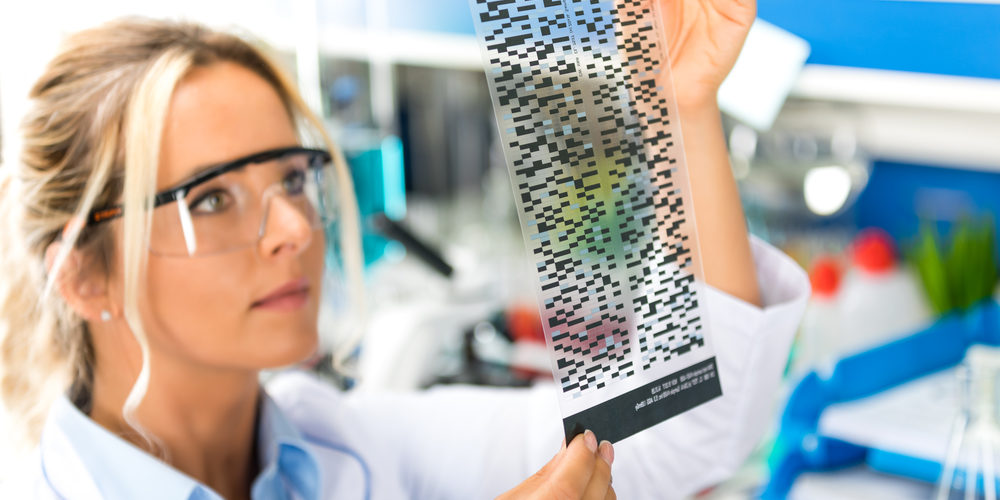Genetic testing is close to being a household term by now, but it’s still not very well understood by those who have not been directly involved with it.
As it is still a relatively new technology, some people automatically view it as a bad thing. But, in reality, there is a long list of pros as well, outweighing those cons, according to most experts’ metrics.
The skeptics do have some fair points, as any evolving technology needs to run its fair course of mistakes on its way to being correctly utilized on a large scale.
The possibilities with genetic testing are nearly endless, especially in healthcare improvements for the public.
In somewhat simple terms, genetic testing aims to identify changes in human chromosomes, genes, and proteins.
There are quite a few different ways to genetically test, including blood testing and cheek swabs in most people, and amniotic fluid tests for unborn babies still in the womb.
It is still (and will likely remain) a voluntary procedure, and it can aim to test molecular genetics, chromosomal genetics, and biochemical genetics, collecting information from short DNA strands, long DNA strands, and changes in DNA, respectively.
Current Uses
This list is, by no means, exhaustive, but it displays some current uses for genetic testing that are already very reliable due to funding and trial periods.
- Understanding disorders – the Human Genome Project was conducted in 2003, and successfully determined all genes found on human chromosomes. Doing this allows for studying chromosomes in individuals who are sick, and determining the differences that cause the illness.
- Diagnosing disorders before birth – similar to the first bullet, genetic testing of amniotic fluid can determine if an unborn child is at risk for genetic disorders.
- Pharmaceuticals – Using testing, doctors and pharmacists can determine if a given patient will react well to a number of drugs that have also been tested against a number of different genetic make ups.
- Treating diseases – for diseases that affect tissue, such as cancer, genetic testing can help drug makers get more granular with the development of drugs and niches those drugs aim to treat.
Pros and Cons

Some great current uses are listed above, but there are still pros and cons with all of those points, as well as others. Here is a deeper look at the good and bad of genetic testing.
Pros
As with most areas of disease prevention and treatment, genetic testing is not a one-size-fits-all practice.
With that, it is certainly a pro that individuals can get insight into their genetic makeup, and can prepare accordingly for any diseases their makeup is overly susceptible to.
For ailments that are otherwise undiagnosed, genetic testing can take down levels of anxiety by making the breadth of possible ailments much smaller.
For the pessimists, this knowledge of susceptibility can be viewed as dangerous if it becomes public knowledge (think jobs or local office), but another pro is that genetic information is strictly protected, and is also included in anti-discrimination laws’ language.
Cons
Because it is still fairly new, genetic testing is very, very costly. In addition, the knowledge learned from genetic testing isn’t always good.
For people who get information regarding their health that isn’t particularly good, depression and other mental health issues can be common.
Expectations
Genetic testing is proven in many fields, but almost all are simply to formulate better solutions for illnesses, and should not be expected to be perfect every time.
Time and research are really the only things that can further progress the functionalities of genetic testing, so popularity and available funding will be the keys to the future of this process.




